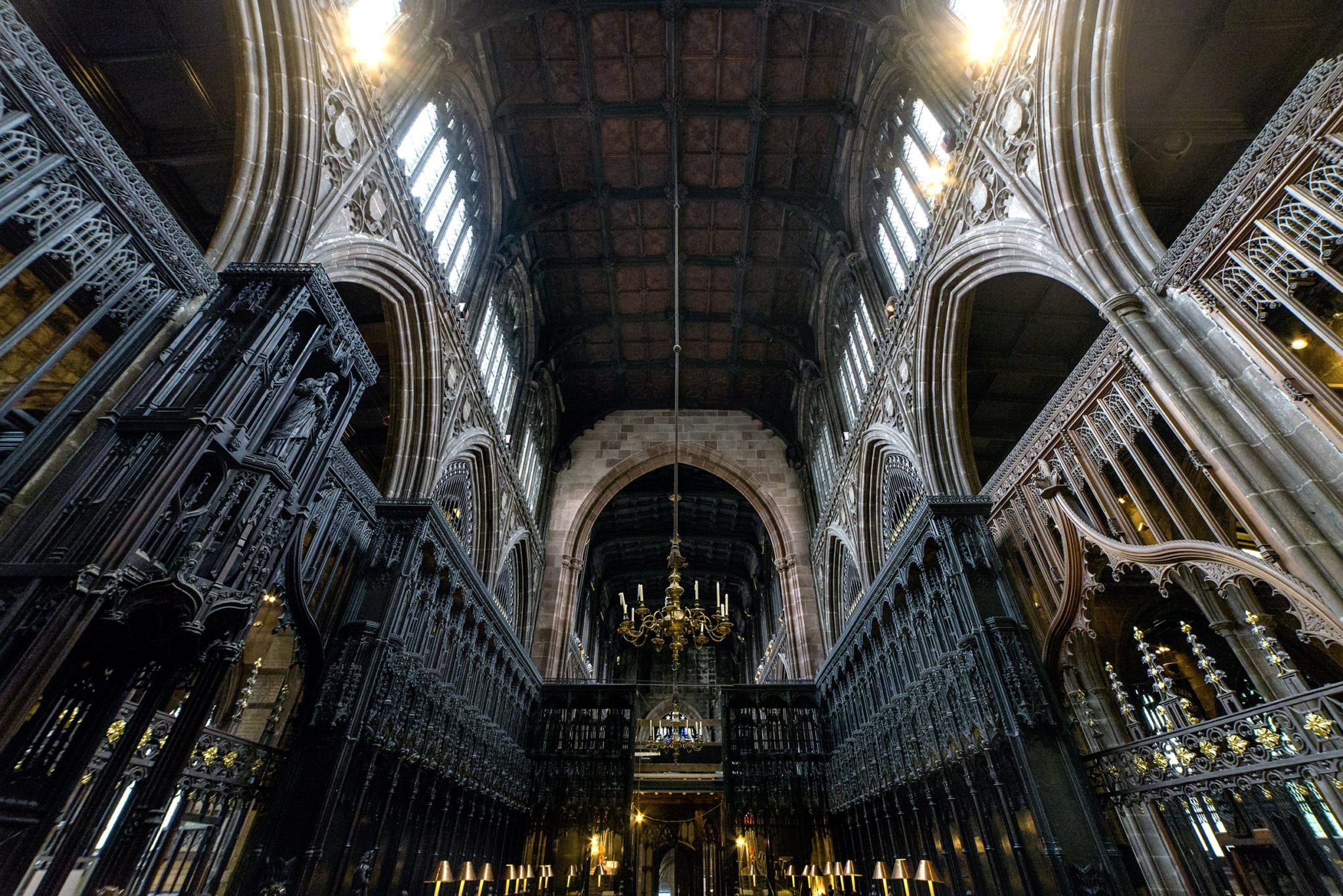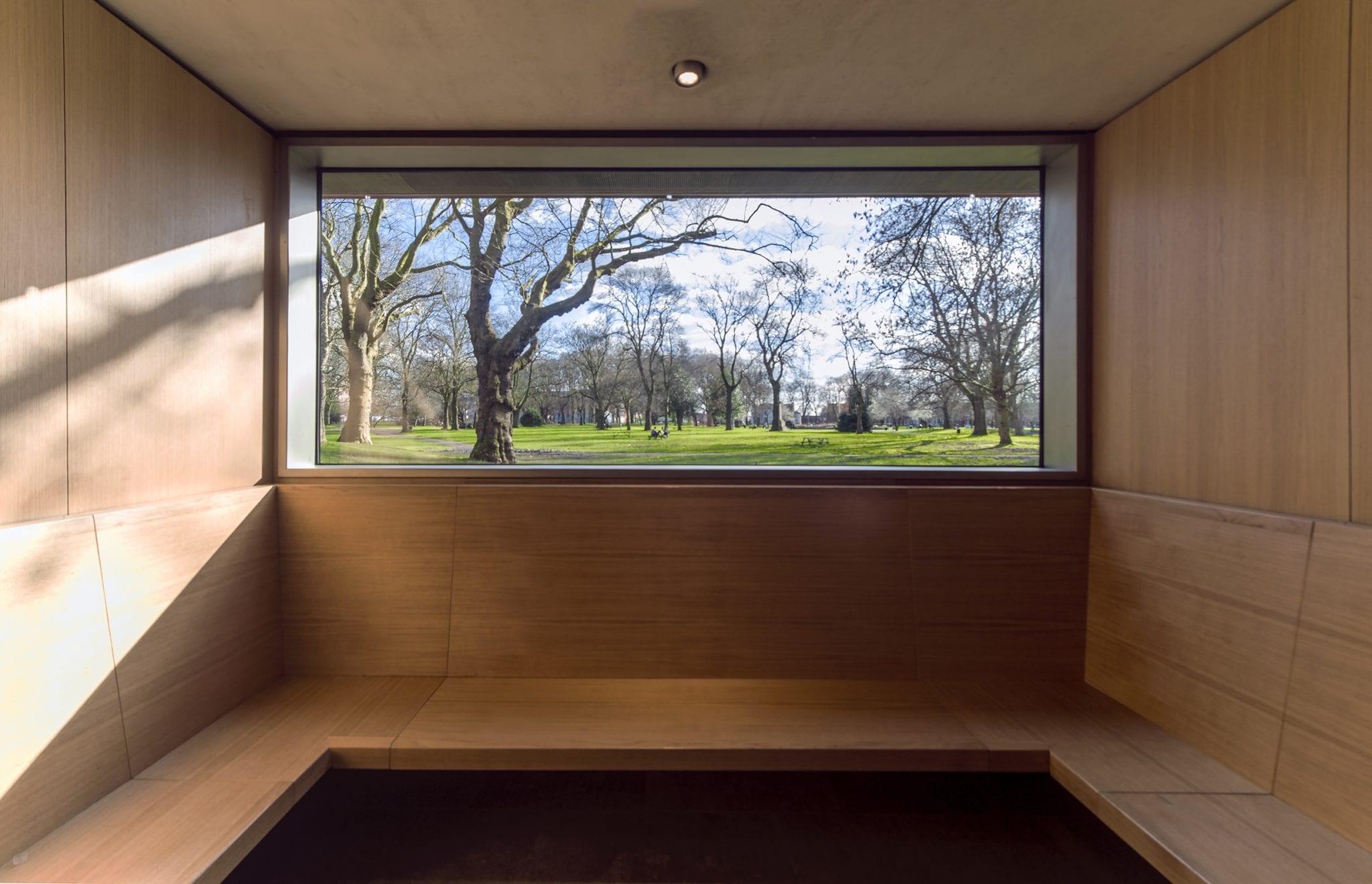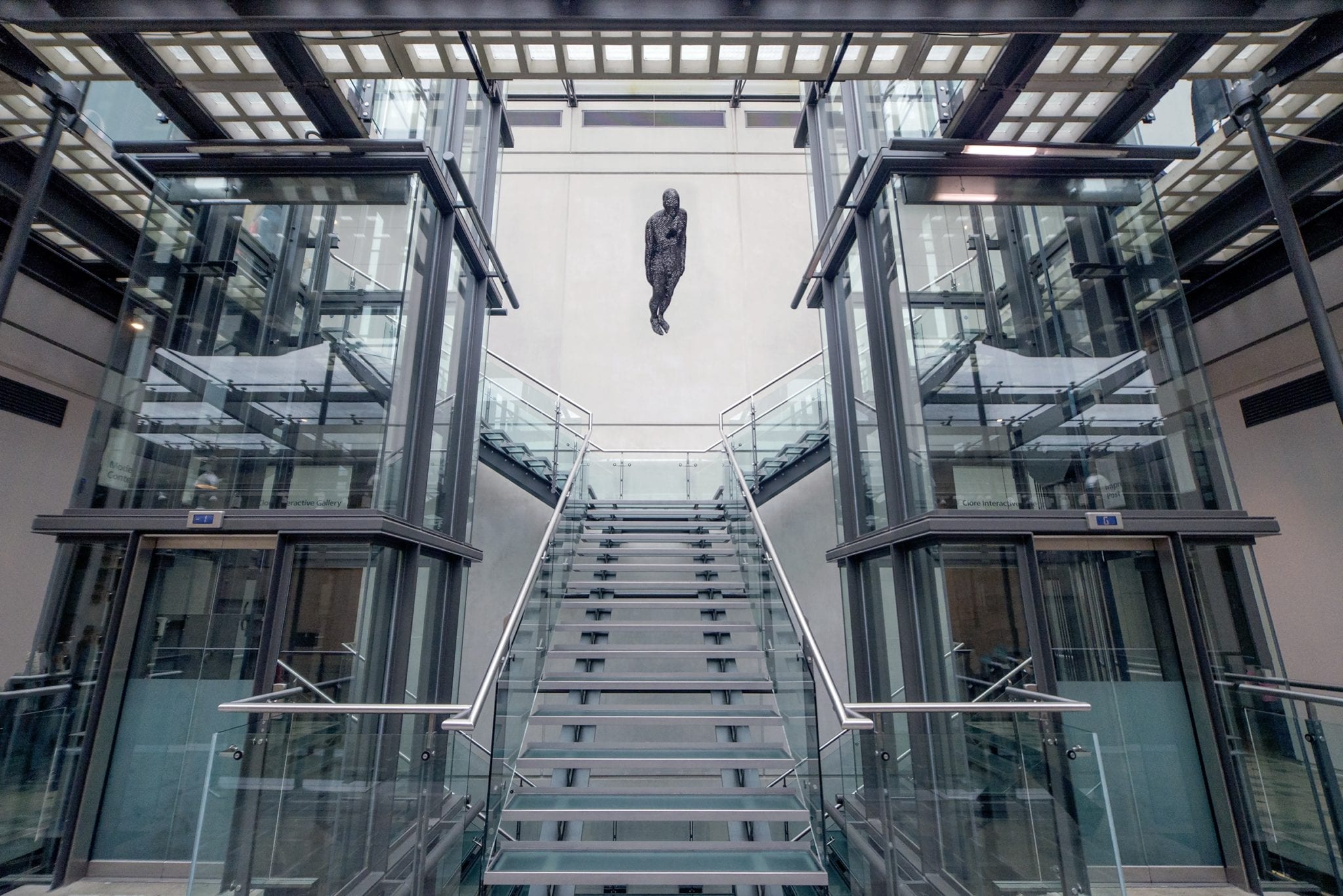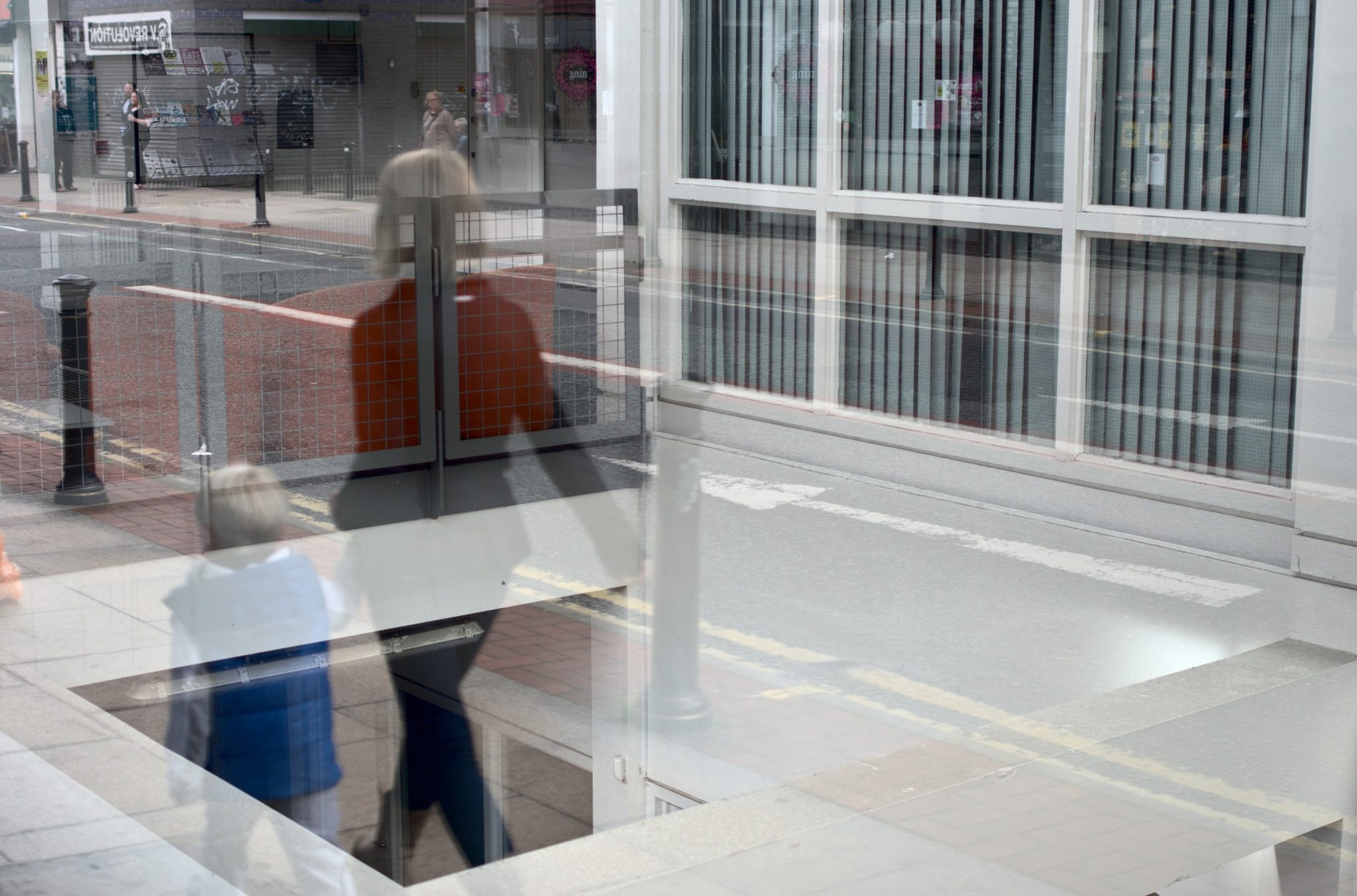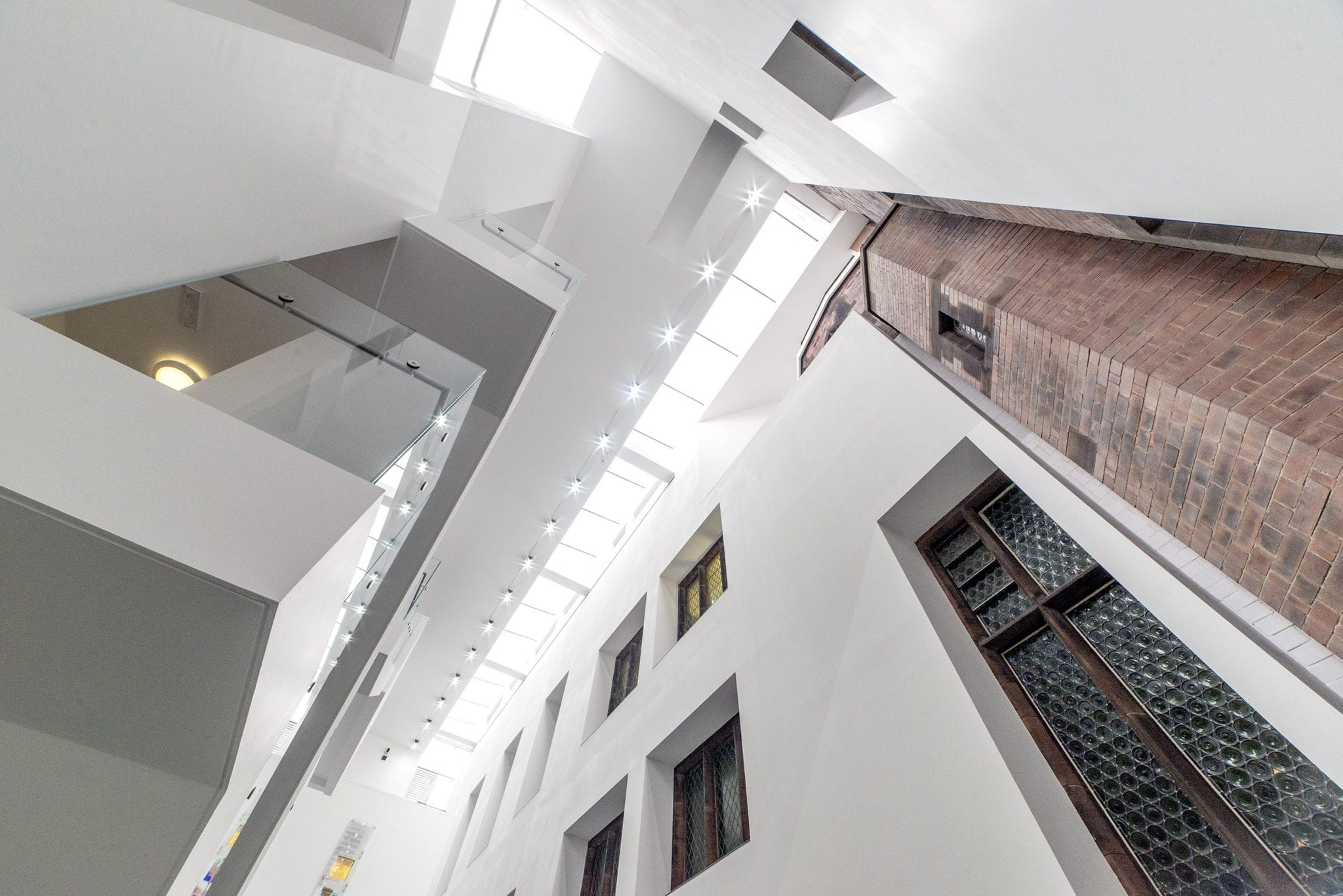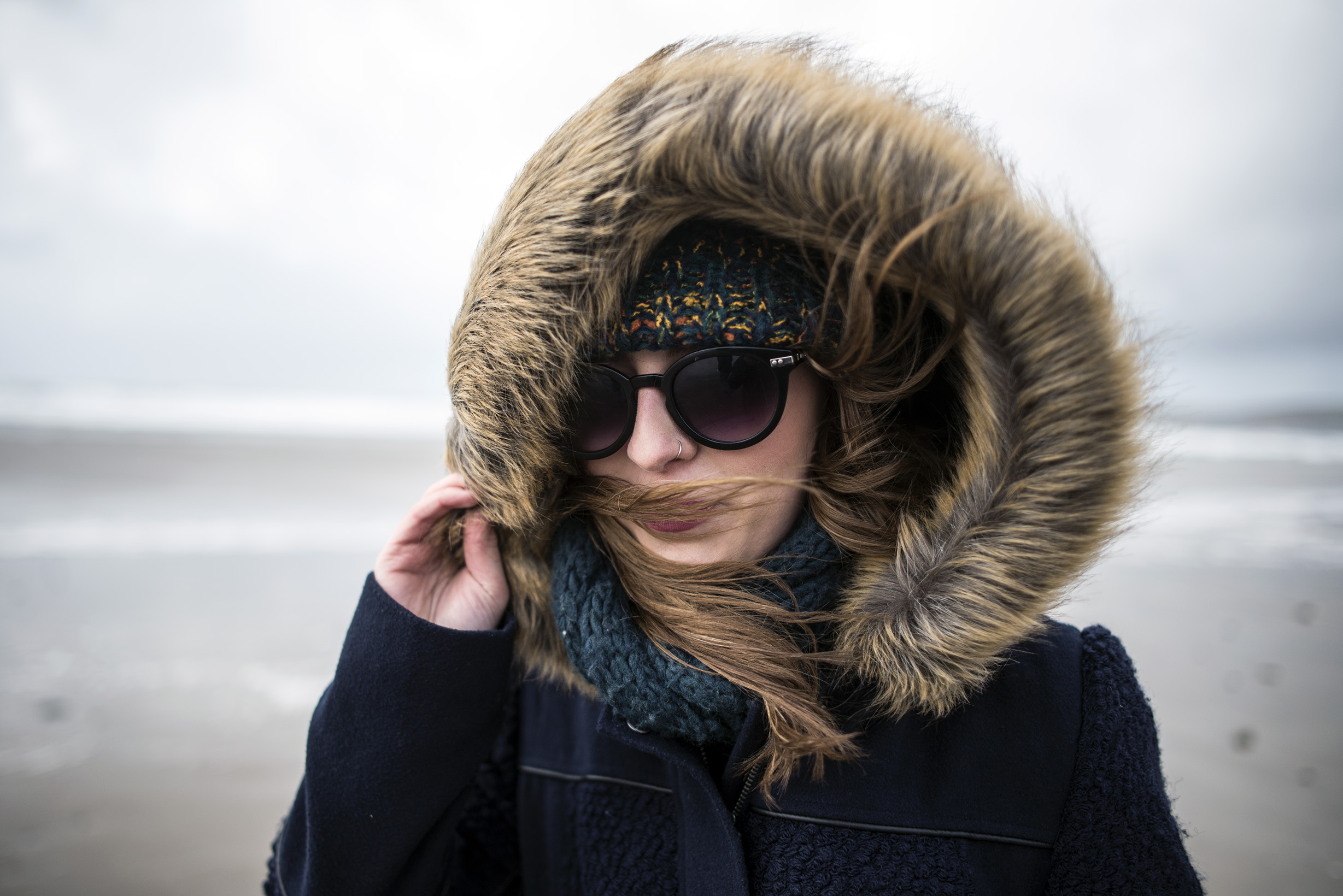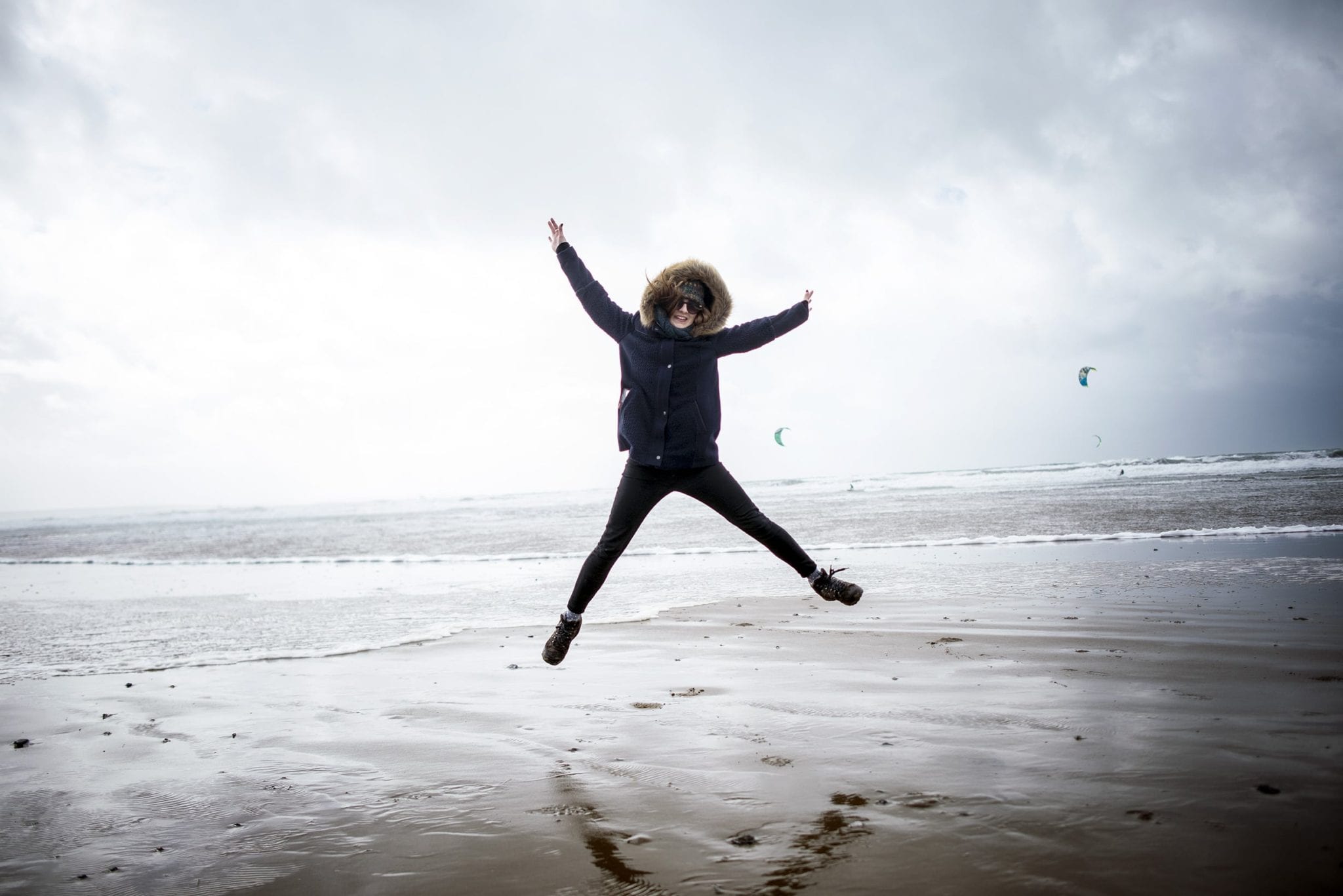In this article, we’re going to look at and explore not just how to compose your shot but the affects different compositional traits have on an image.
The Basics
So what do we mean when we talk about composition? Many assume that composition just relates to the way we set up whatever it is we’re photographing, inside our frame. While this is correct, it’s also down to how we choose to shoot it. I regularly talk about the effect a change in aperture, shutter and ISO can have on an image and how we view it. These decisions relate to and affect composition just as much as the decisions on framing our scene. In short, a composition is all encompassing. It’s a process which starts when we observe a scene and ends when we present the finished image. Everything in between is down to you.
By adhering to a few relatively simple processes, we can influence how an image is read. So here are a few tips and examples to get you thinking about and challenging your compositions.
Rule of Thirds
Probably the most common rule of composition across all creative visual arts. By splitting your frame into thirds both horizontally and vertically you’re can place subjects at one of the intersecting points and planes of vision (foreground interest, horizons) along the lines themselves. This makes interesting use of negative space and helps your subject sit comfortably within the frame. It’s an incredibly versatile rule, and many of you may execute it without even knowing. Sometimes an image just ‘feels right’. Revisit some of your favourites and see which adhere to the rule of thirds.
Leading Lines
Leading lines are used to draw the eye into or across an image. They convey distance but can also portray depth and height as well as segmenting an image. These are useful for shooting scenes such as portraiture or perhaps action, where a foreground interest is lead to from an opposing side of the frame.
Converging Lines
Similar to leading lines, converging lines portray distance, height and depth but tend to do so by drawing the eye to a specific point within an image. This is a technique which is often shot and may even be done without us knowing. Whenever we have shot architecture, structure or landscape there will often be a case of converging lines as foreground becomes background and your lines eventually meet at a common subject or visual interest.
Framing
Framing is a great way of contextualising your stance as the photographer and manipulating your frame as you look through the viewfinder. Framing isn’t always as black and white as shooting through something that mimics the frame of your camera. Shooting through foliage, long grass or among rocks could challenge a landscape image and chip away at the edges of your shot, for example, particularly if backlit and silhouetted.
Symmetry and Parallels
Particularly useful for interior or architectural and property photography. Seeing the balance in something and exploiting it, while keeping parallel straight to the edges of your frame can make for incredibly satisfying viewing. It’s clean, considered and often requires a lot of prep before shooting, though lens correction can help this if necessary in the editing process.
Reflections
Reflections are a great way of playing with planes of vision, creating optical illusions and adding a playful or humorous energy to your images. They’re a fantastic way for us to get viewers asking questions about your pictures. Filling your entire frame with nothing but reflection will give an audience a mental challenge and will take them a few seconds, if not longer to work it out. This sort of compositional playfulness is great within street photography and other candid, documentary and ‘real life’ projects.
Photo courtesy of IOP Street Workshop participant Steve Netting
Angles
Shooting at various and perhaps unorthodox angles can give a shot a particular narrative. It can enhance the idea of confrontation or importance or belittle and foreshorten. We’re able to exaggerate the grandeur of a structure by shooting up or flatter our subject in portraiture by shooting down. A jaunty angle gives us insight into our shooting style and can narrate energy and movement to an image. Where ‘Symmetry and Parallels’ above is more considered and precise, unorthodox angles can be quick, violent and spare of the minute.
Proximity
The way your subject fills your frame is of vital importance to the way an audience views your images. In portraiture, a 50mm lens filled with your subject can portray an intimacy or an uncomfortable imposing quality. Alternately a distance from your subject may play more towards the magnitude of the surrounding area.
Confrontation
The rule of thirds doesn’t always have to be followed. Sometimes we will feel the need to confront a viewer with a subject directly. There’s nothing wrong with a ‘front and centre’ approach if you feel it’s necessary. A sparse landscape can provide a great canvas for this. It’s something that will cross over into the likes of symmetry and parallels of course, since when we see something directly central to a space, we subconsciously start to look for the parallels and symmetries.
Though I’ve run through the above in some detail, you will often find that when seeking to shoot to one of these specifications, your shots will contain 2/3/4 others without you even realising. The rules will always bleed and interact with one another in your images, so the next time you’re out shooting, look back at your images with a critical eye. Think about what your intentions were in each shot and then consider whether any of these other rules may have wandered their way into your composition. You may be surprised.
It’s also worth noting that your internal settings will always affect your composition in some way. A simple change in aperture, for example, throws a depth of field and can either help a subject pop from its surroundings with a shallow depth of field or shed more light on the context, with a narrower depth of field. Increasing ISO can give an image grain and noise, which isn’t always a bad thing. Gig photography can benefit from a bit of grit and grain, as can high impacting street photography. All of these elements can contribute to the overall reading of an image and this sit’s intrinsically with the Rule of Thirds, Leading Lines or any of the above, that come as a result of your initial eye for a shot.
Hopefully, this article has given you a little more insight into how to compose images. You may know and use a lot of the info I’ve provided here anyway, but it’s always good to have it on hand along with some explanations and examples.
The more you practice and work through each and every one of these compositional elements, the more natural it will be to your shooting style. What may seem alien to you will eventually become second nature and it’s when all of these variables become ingrained in your shooting style that you can start to meld them with your approach to shooting.


